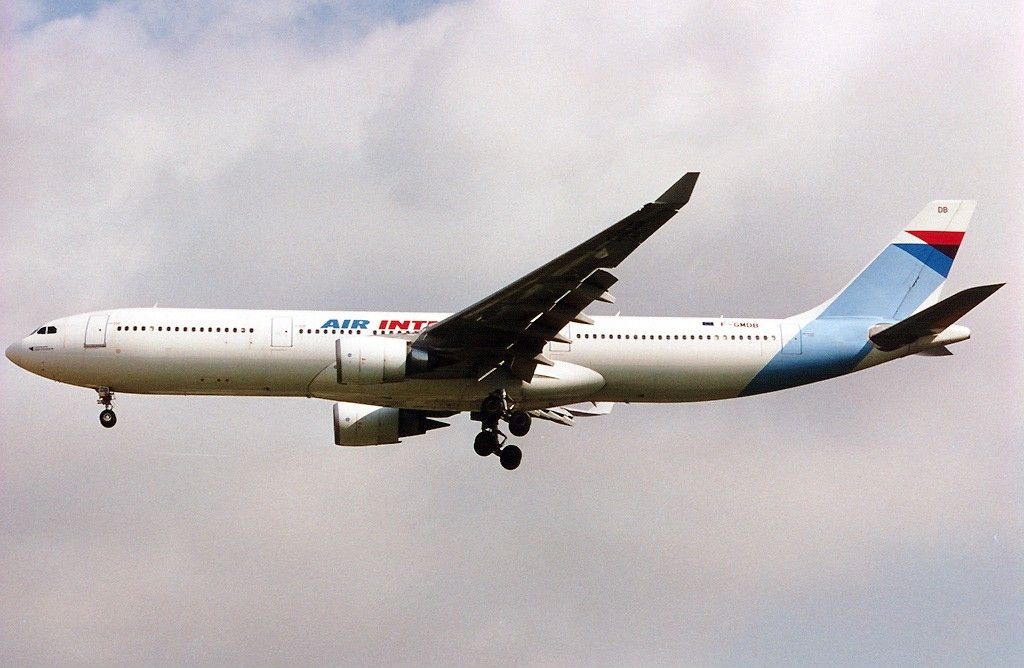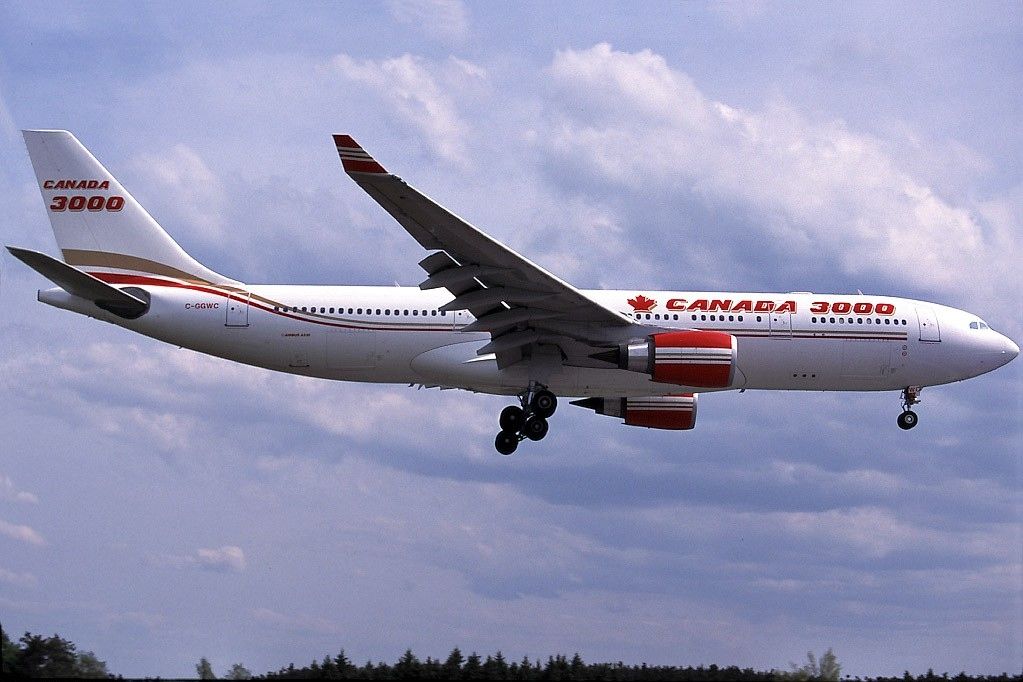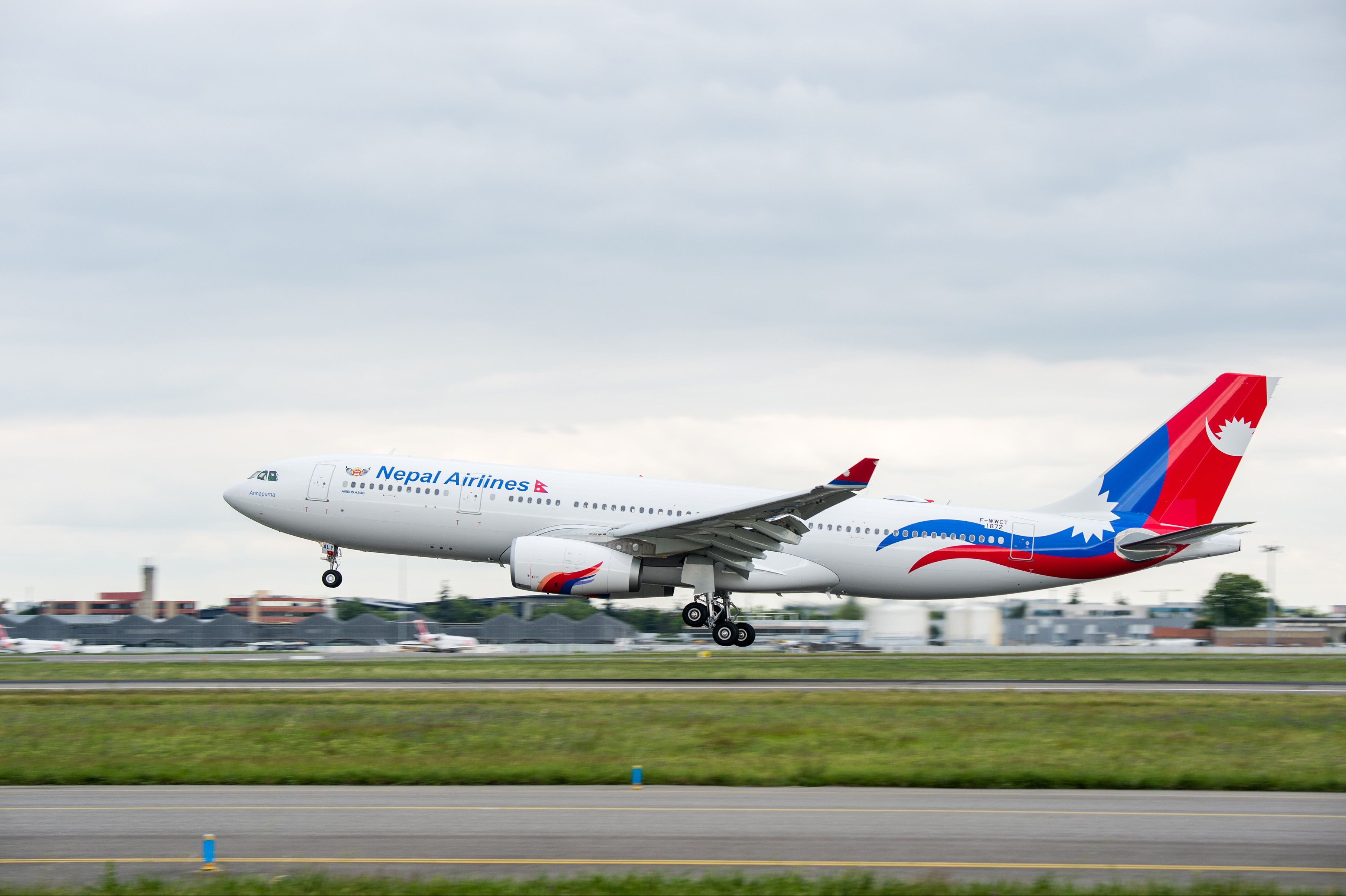The Airbus A330 hit the skies just over two decades after the company's ground-breaking A300, and the European manufacturer would go on to make two versions of the aircraft. These were designated as the A330-200 and the A330-300, but what are the differences between them? Let's take a closer look and find out.
How it all began
Airbus recognized a demand for widebody aircraft able to operate high-capacity, medium-range, transcontinental trunk routes. Flights like Paris to Istanbul were popular enough for a bigger plane than the A300 but didn't justify four-engine Boeing 747s. Airbus also wanted an aircraft to replace three-engine widebody designs such as the McDonnell Douglas DC-10 and the Lockheed L-1011 TriStar.
This led to Airbus designing the Airbus A330 and A340 concurrently, which you can read about here. The first to the market was the A330-300. However, when Boeing released the 767-300ER, Airbus A330-300 sales slumped, with the European planemaker recognizing that the industry needed a smaller, higher-range version. This ultimately resulted in the production of the A330-200 model.
Both versions have been successful, and Airbus has ended up developing a new-generation A330series known as the A330neo as a result. But how different is the smaller A330-200 compared to the original, larger A330-300 model?
Stay informed: Sign up for our daily and weekly aviation news digests?
Passenger capacity
Figures released by Airbus show that the smaller A330-200, which measures 58.82 meters in length, has a typical seating capacity of between 220 and 260 passengers. Meanwhile, with the A330-300 being almost five meters longer (63.66 meters), this version of the twinjet has a higher typical capacity of 250-290 seats.
Of course, airlines do routinely change or configure the aircraft to their liking, so it is important to take these numbers with a grain of salt. In terms of the maximum possible capacity, the A330-200 has an exit limit of 405 passengers. For the larger A330-300, this figure is somewhat higher, topping out at a cozy 440 seats.
Exit limits are determined by how many passengers can be seated in an aircraft and still safely exit in time in an emergency situation. This figure is dependent on factors such as aisles, seat configuration, and, as the name suggests, how many exits the plane has. Put simply, the more exits there are, the higher the capacity will be.
The airline industry is always full of new developments! What aviation news will you check out next?
Airbus did also offer a 'regional' version of the A330-300, with seats for around 400 passengers at a reduced range of 5,000 km (2,700 nautical miles). Saudia received the first of these modified twinjets back in August 2016.
Range
The smaller A330-200 has a greater range than the larger A330-300, clocking in at 13,450 km (7,262 nautical miles). Meanwhile, the A330-300 has a range of 11,750 km 6,344 nautical miles. A key aspect in this difference is the fact that the A330-200 has the same engines as the A330-300 (or newer) but is a lighter aircraft.
The A330-200 was such a good design that Airbus would use it as the template for the cargo version of the A330 as well as the corporate VIP version of the A330 (that can carry 50 passengers 15,400 km, or 8,300 nautical miles).
Sales
When it comes to the two variants' commercial success, there isn't a lot between them. Indeed, as of July 2022, Airbus had received 784 orders for the A330-300, compared to 684 for the A330-200. However, their next-generation A330neo counterparts have a far greater difference. Indeed, the smaller A330-800 has racked up just 11 orders, compared to a far healthier figure of 262 for the A330-900.
What do you think of the differences between the two types of Airbus A330? Which version(s) have you flown on? Let us know your thoughts and experiences in the comments!
Source: Airbus

.jpg)



